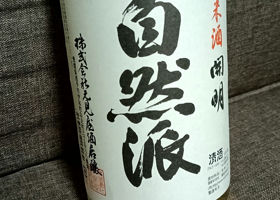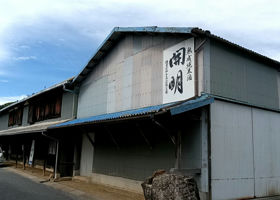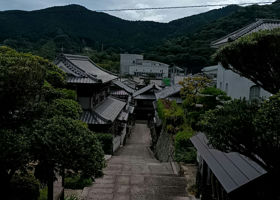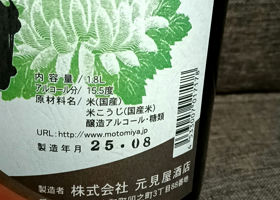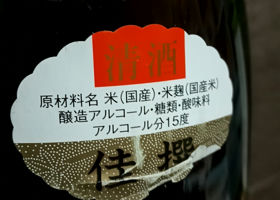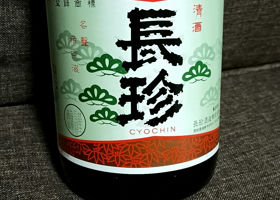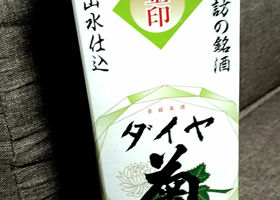
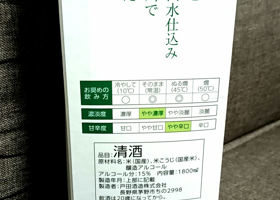
あきさん
Diaikiku packaged sake from Toda Sake Brewery in Chino City. (I believe they also sell it in bottles.)
It is a regular sake that does not cost more than 2,000 yen for a bottle, but it is very good! It has a clear sweetness and umami flavor. I'll drink it again and again.
Japanese>English
